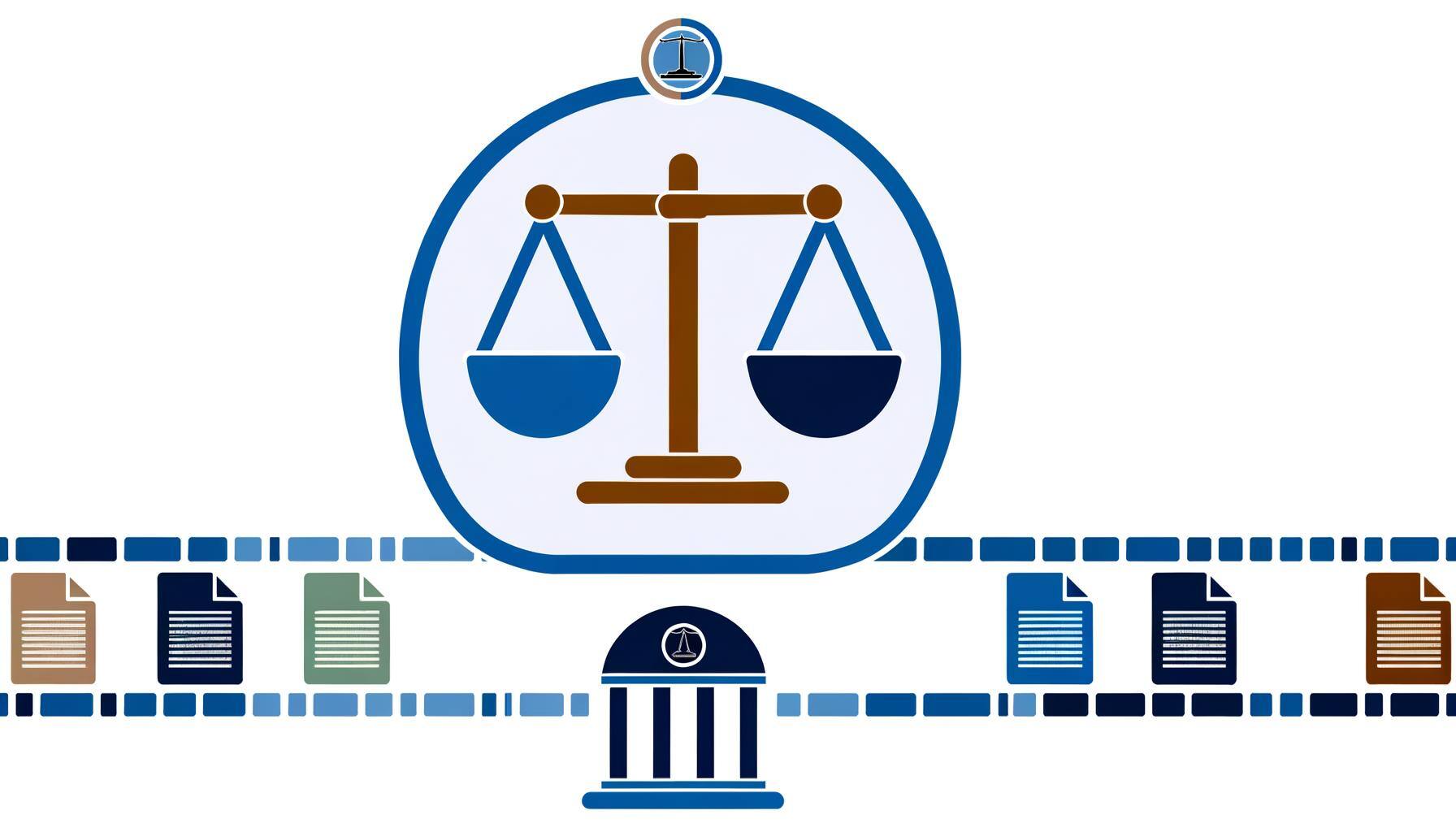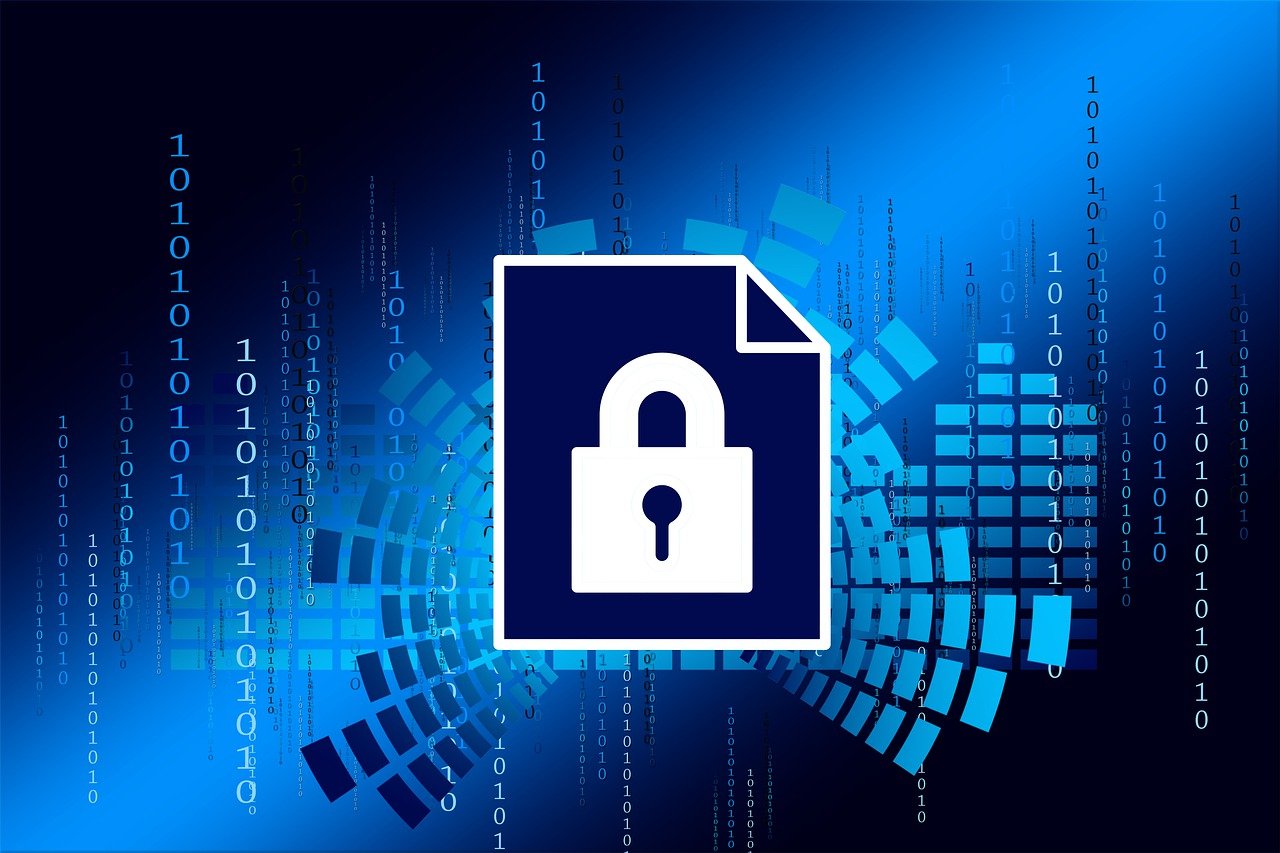The Future of Cybersecurity: Beyond Government Mandates
The recent Supreme Court decision to overrule the Chevron Doctrine has introduced significant uncertainty into the regulatory landscape, particularly...
4 min read
 Chelsea Zimmerman
:
Oct 17, 2024 12:15:00 AM
Chelsea Zimmerman
:
Oct 17, 2024 12:15:00 AM
Cybersecurity has become a crucial concern for businesses and government organizations alike. With high-profile data breaches making headlines every few months, executives and leaders are more aware than ever of the potential dangers lurking in cyberspace. But as the urgency to protect critical assets grows, so too does the cybersecurity industry’s reliance on fear-driven marketing to sell products and services. While cybersecurity is undeniably important, using fear as a tool to push sales does more harm than good, leaving businesses with a false sense of security and, in many cases, failing to address the root causes of vulnerabilities.
A quick glance at any cybersecurity marketing campaign reveals a common theme: fear. Images of hooded figures typing furiously in dark basements flash across screens (like the one I chose above for this article), headlines scream about the latest catastrophic data breach, and companies paint cybercriminals as unstoppable forces bent on destroying businesses. This kind of imagery taps into primal fears, suggesting that unless businesses act quickly and decisively (by purchasing a specific product or service), they will be the next victim.
But the truth is much more nuanced than this. While threats are real and present, the cybersecurity landscape is far more complex than the image of a lone hacker in a basement. A large portion of today’s cyber threats are sophisticated attacks orchestrated by nation-state actors, cybercrime syndicates, or highly organized groups. The hooded hacker trope simplifies a multifaceted issue, downplaying the severity of threats like state-sponsored cyberterrorism, espionage, and organized crime. And while fear-driven marketing can lead to sales, it does little to educate business leaders on how to create sustainable, long-term cybersecurity strategies.
Over the years, the cybersecurity industry has seen its fair share of companies using fear to sell their products or services. One well-known example occurred in 2017, after the WannaCry ransomware attack hit organizations worldwide, including the UK’s National Health Service (NHS). In the wake of the attack, cybersecurity vendors rushed to capitalize on the chaos. Fear-mongering ads claimed that without specific products, businesses were just one click away from complete disaster.
Another example is the marketing push following the discovery of the Meltdown and Spectre vulnerabilities in 2018, which affected almost every computer processor manufactured over the previous 20 years. Many security vendors took the opportunity to push their services with urgent warnings, suggesting that companies without their solutions were entirely defenseless against these newfound threats.
But these approaches are short-sighted. Instead of providing guidance on how to create comprehensive cybersecurity frameworks or how to improve organizational culture around cybersecurity, they focus solely on pushing the latest tool or software update. In doing so, they imply that the solution to complex security challenges is simply purchasing a product — which isn’t true.
While fear-based marketing may result in short-term sales, it’s ultimately detrimental to the very businesses it claims to protect. Why? Because it offers a false sense of security.
Most cybersecurity tools, while effective, are only a part of the puzzle. Tools can’t stop 100% of cyberattacks. They can’t singlehandedly protect a business from ransomware, phishing, or insider threats. What they do is provide layers of protection, but these layers must be supported by robust internal processes and policies, as well as a security-aware company culture. Focusing solely on tools creates a dangerous illusion that once a product is installed, the organization is "safe."
What’s worse, fear-based marketing overlooks the critical importance of employee training and policy development. Employees are often the weakest link in an organization’s cybersecurity defenses. According to Verizon’s 2023 Data Breach Investigations Report, 74% of data breaches involved the human element, whether due to human error, social engineering, or misuse. No tool can fully mitigate these risks without comprehensive training and clear, enforced policies that guide how data and systems are handled.
A robust cybersecurity strategy doesn’t just involve buying software or services. It involves creating a culture of security awareness from the top down, training employees to recognize and respond to threats, and implementing clear policies that govern how data is accessed and shared.
This is where fear campaigns fall flat. They don’t teach business leaders what they need to be proactively implementing — things like internal auditing, proper password policies, or employee education programs. They don’t address the systemic issues that often leave businesses vulnerable, like poor governance or a lack of incident response planning. Instead, they funnel all focus and resources toward purchasing the next shiny tool or gadget, leaving businesses unprepared when the inevitable attack does occur.
Nation-state-sponsored cyber terrorism, for example, isn’t thwarted by a single piece of software. These are advanced, persistent threats (APTs) often aimed at critical infrastructure or government entities, carried out with significant resources. Businesses need to understand that their defenses require more than just firewalls or antivirus solutions. They need to have a deep understanding of their threat landscape and invest in both the tools and the people who can manage those threats intelligently.
What’s really needed is a shift in how cybersecurity is marketed and understood. Rather than relying on fear, cybersecurity companies should focus on educating business leaders and executives on what it truly takes to secure their organizations.
A holistic cybersecurity strategy includes:
Tools and Technology: Yes, tools are necessary. They provide the first lines of defense and help automate detection and response. But these tools should be part of a larger ecosystem of protections, not the only line of defense.
Policies and Procedures: Organizations need clear, well-enforced policies on everything from data access to incident response. These policies should be regularly reviewed, updated, and communicated to employees.
People and Training: Every employee, from the C-suite to the front lines, should be trained on cybersecurity best practices. Regular training sessions can help prevent social engineering attacks, improve password hygiene, and create a culture of security awareness.
Incident Response: When a breach occurs, businesses need to have a plan in place. This means developing an incident response strategy that includes regular drills and an understanding of roles and responsibilities.
By focusing on these elements rather than selling fear, the cybersecurity industry can better serve its clients, helping them build resilient, long-lasting defenses rather than short-term fixes.
While it’s tempting to use fear as a shortcut to sales, the long-term consequences are damaging. Cybersecurity isn’t just about buying the latest software or installing the newest tool. It’s about creating a holistic, thoughtful approach to security that involves people, processes, and technology. As cybersecurity professionals, we owe it to our clients — particularly business and government leaders in places like Idaho — to offer them real solutions, not scare tactics. Only through education, transparency, and the development of a culture of security can we create lasting change in the fight against cyber threats.

The recent Supreme Court decision to overrule the Chevron Doctrine has introduced significant uncertainty into the regulatory landscape, particularly...

You cannot overstate the importance of cybersecurity. Especially in an era dominated by digital advancements. Businesses and organizations are...

Cybersecurity has become paramount for businesses across the globe. As technology advances, so do the threats. Recognizing this, the U.S. Securities...